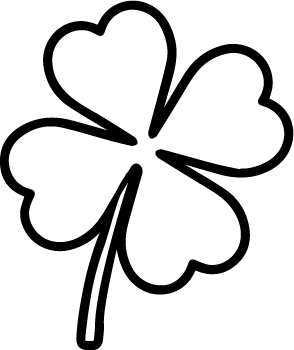We have always wanted to have something unique in our shop, something very special: our stoneware products. After a long search, a few years ago we found a wonderful manufactory in Portugal that fulfills this wish for us. They lovingly handcraft our stoneware products such as the Becher, bowls, and cups. Today, we want to take you step by step and show how these products actually come to be and why they are so special to us.

Everything starts with the clay: it is first shaped into the appropriate form. It is rolled and cut so that our master potter already holds the rough shape of a Becher in his hand.

Afterwards, the clay goes onto the potter's wheel so that our master potter can make the Becher. With plenty of water, patience, and skilled hands, small unique pieces are created here every day.

As you can see, the tape measure is always used again here to ensure that all Becher get approximately the same size.

The Becher now get a little rest time in the fresh air. After about a day, a special moment follows: the stamping. Under each Becher you will find our Eulenschnitt logo – and on the front a lovingly selected saying that may accompany you through the day. Before continuing, the Becher are gently corrected once more with a sponge. Small unevennesses are smoothed, edges refined – this gives your Becher its final, characteristic shape.

If you buy a cup and not a Becher from us, the handle is attached at this moment. For this, the clay is rolled and cut and then attached at the right angle with great finesse.

Now the first long drying process in the drying room takes place, followed by the first visit to the kiln. At around 1000 degrees, the clay becomes hard and stable. Only when the Becher has really hardened and cooled down can the glazing (the white rim at the top of your Becher) take place.

Finally, the glazing comes! For this, the Becher are gently dipped into a liquid specially mixed for us and softly swirled. This step requires a lot of sensitivity because the right amount determines the later appearance.
Maybe you've already noticed: The fine, brown speckles look a little different on each Becher. They are part of the glazing – and depending on how the Becher is dipped, the speckles spread more densely or more finely. This way, each piece becomes a little unique.
Doesn't the Becher already look really great now?

Then it says: Once again into the kiln! In this second firing phase, the clay changes – depending on where the Becher is placed in the oven, it becomes a bit yellower or grayer. Each piece thus becomes its very own little work of art.

Now the Becher can rest for several days and cool down properly. Where better to do that than in Portugal?

Finally, there is another quality check – each piece is examined, finely sanded by hand, and lovingly prepared for shipping. The packages are folded and the Becher carefully packed.

About 7 days pass from the first rolling to the packaging. A week full of handiwork, dedication, and Portuguese zest for life. Now the many unique pieces can make their way to Germany. Have a good trip ♥️
We hope that with every Becher, every bowl, every plate, and of course every other unique piece made of stoneware, we send a piece of Portugal to your home. Hopefully, you hear the sound of the waves in between, feel the warm sun on your skin, and always catch the scent of fresh, still warm Natas in your nose.




